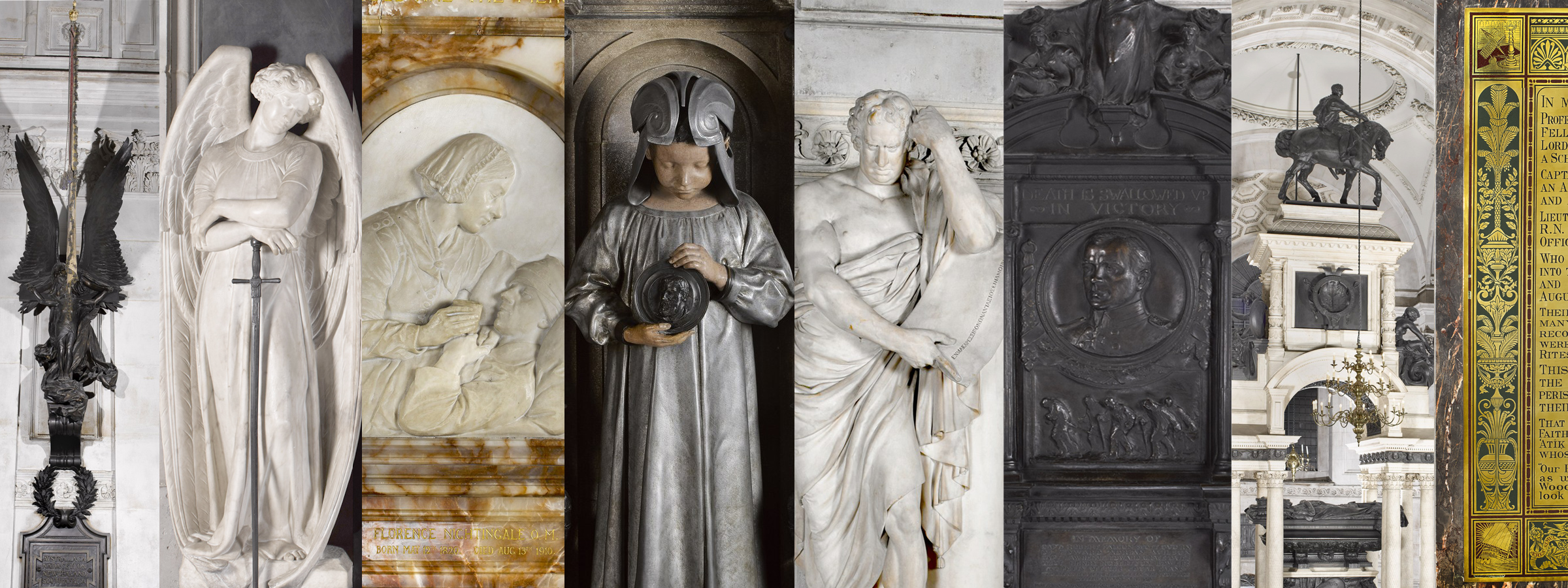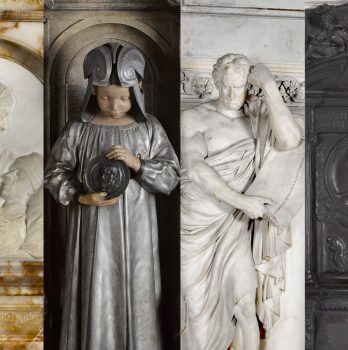Sacred Soundscapes: Curator Christine Checinska’s response to the Monument to the Colonial Forces who Fought in the South African War (1899–1902) by Princess Louise, c. 1903–1905

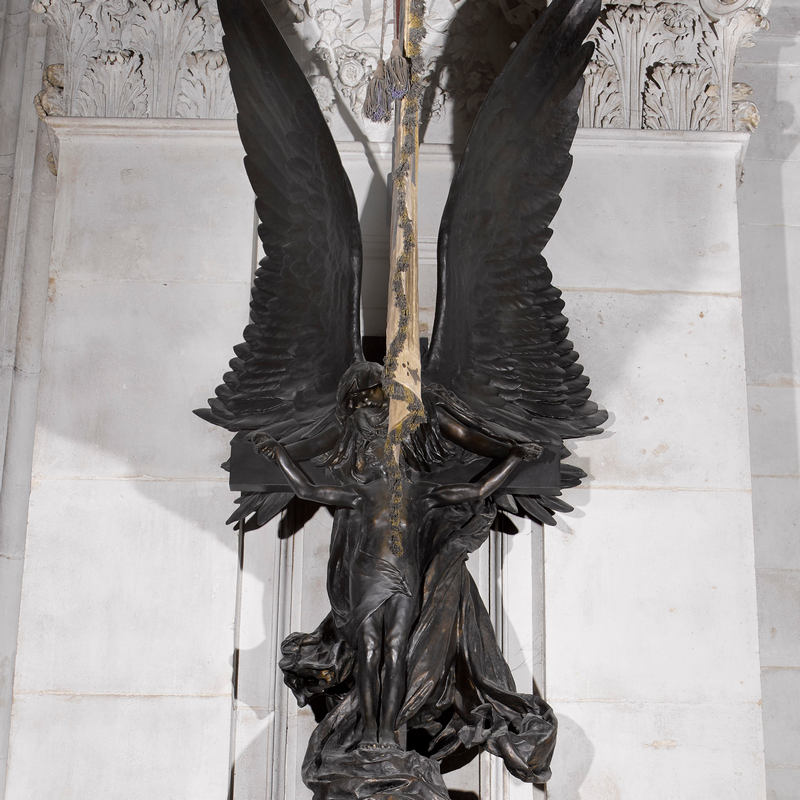
Introduction
This ‘Voice’ is distilled from a live event held at St Paul’s Cathedral on 26 September 2022, ‘Sacred Soundscapes: A Service of Prayer and Reflection’, an evening of words, music and meditation drawn together by Dr Christine Checinska working in collaboration with soundscape artist Gary Stewart, in response to the Monument to Colonial Forces who Fought in the South African War (1899–1902), by Princess Louise, Duchess of Argyll c. 1903–1905.
In this video for the 50 Monuments in 50 Voices project, Christine has re-recorded her introductory reflection from the evening, and it is followed by a live recording of Patrice Campbell (BBC Songs of Praise Gospel Singer of the Year 2022) singing the powerful spiritual ‘Lord, How Come Me Here’ under the cathedral dome, accompanied by cellist Kate Shortt.
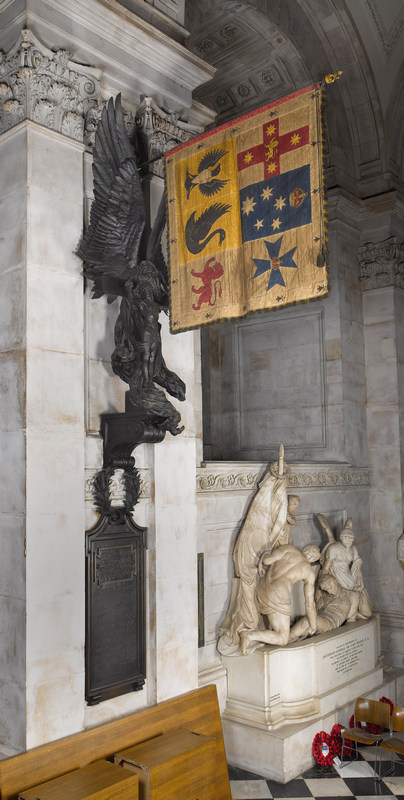
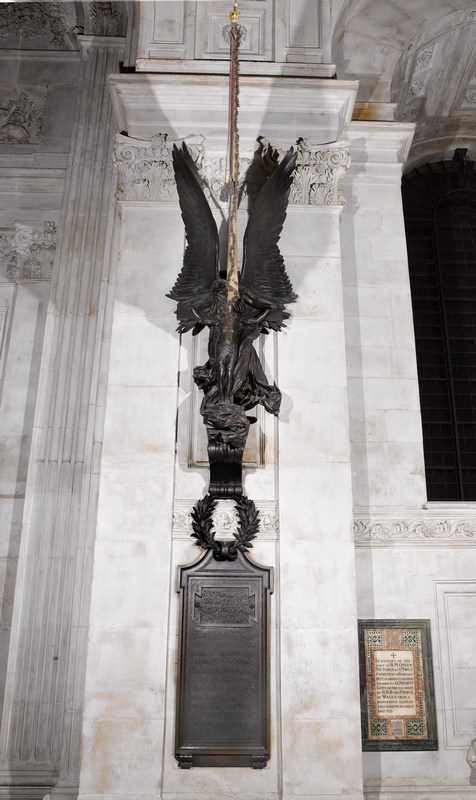
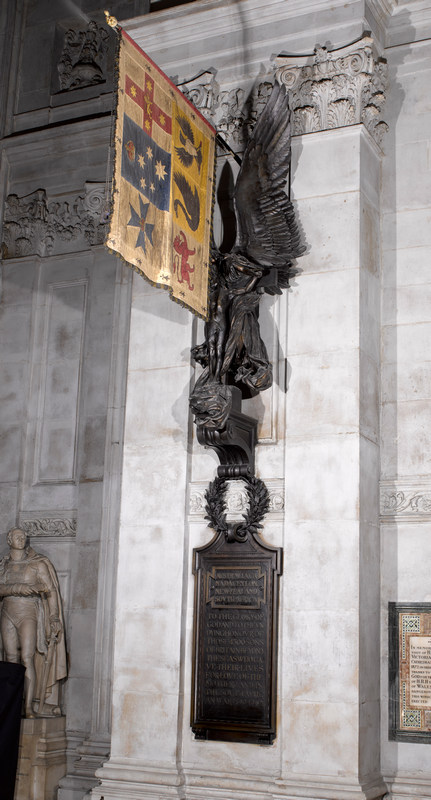
Transcript
[Christine Checinska]
A reflection in response to the Monument to the Colonial Forces who Fought in the South African War, 1899–1902, created by Princess Louise, Duchess of Argyll in 1905.
A monument to the fallen. Three years. 100,000 deaths—more than 20,000 British troops, 14,000 Boer troops. Over 26,000 Boer women and children perished in inhumane concentration camps; the number of Black African deaths in these camps was not recorded. Three years, three rounds of fighting and destruction. Boer and Black African homesteads raised to the ground, inhabitants rounded up, transported to segregated concentration camps, a new technology of war–new killing machines, starvation and disease their ammunition.
Thousands of men, women and children died. But the number of Black African deaths was not recorded. Excluded. Excluded from statistics, excluded from, yet caught up in, a war between people fighting in countries that were not theirs. Promised political rights by the British in return for support or neutrality, once peace came. But the former British and Boer enemies bound themselves together in a common desire for white minority rule – apartness or apartheid by another name. Excluded from their own land, the number of broken promises was not recorded A testimony of the fallen.
[Patrice Campbell- ‘Lord, How Come Me Here’, traditional spiritual]
Lord, how come me here?
Lord, how come me here?
Lord, how come me here?
I wish I never was born.
There ain’t no freedom here, Lord.
There ain’t no freedom here.
There ain’t no freedom here
And I wish I never was born
They treat me so mean here, Lord.
They treat me so mean here, Lord.
They treat me so mean here, Lord.
I wish I never was born.
They sold my chillen away.
They sold my chillen away.
They sold my chillen away,
And I wish I never was born;
I wish I never was born;
I wish I never was born.
Credits
The ‘Sacred Soundscapes’ service was conceived in collaboration with Dr Paula Gooder (St Paul’s Cathedral) and Gary Stewart, who also made the live recording. Photographs from the service were taken by Sophie Stanes (St Paul’s Cathedral).
About Christine Checinska
Dr Christine Checinska is the V&A’s inaugural Senior Curator of African and African Diaspora Fashion and she is the Lead Curator of the exhibition Africa Fashion, currently showing at the museum, until 16 April 2023.
Prior to joining the V&A, Christine worked as a womenswear designer, academic, artist and curator. Her creative practice and research explore the relationship between fashion, culture and race. Christine’s recent exhibitions include an intervention for Makers Eye: Stories of Craft, July-October 2021, Crafts Council Gallery, and Folded Life February 2021, Johanne Jacobs Museum, Zurich, Switzerland. Her recent publications include ‘Re-Fashioning African Diasporic Masculinities’ in Fashion and Postcolonial Critique, Elke Gaugele and Monica Titton (eds.), 2019. In 2016 she delivered the TedxTalk Disobedient Dress: Fashion as Everyday Activism.
In industry for over thirty years, Christine has created womenswear collections for iconic British brands such as Margaret Howell, where she was a Senior Designer, during the late 1990s.
Visit Christine’s website.
About the Monument
The Monument to the Colonial Forces who Fought in the South African War (1899–1902) was created by Princess Louise, Duchess of Argyll, who was the sixth of Queen Victoria and Prince Albert’s nine children, to commemorate the soldiers from ‘Australia, Canada, Ceylon, New Zealand and South Africa’ who fought in what is also referred to as the Second Boer War.
Princess Louise trained as a sculptor with Mary Thornycroft and J. E. Boehm and enjoyed ties of respect and friendship within artistic circles of the day. Although her royal position meant that she could not work as a fully professional artist, she undertook a number of commissions, and other public works of sculpture include the statue of Queen Victoria at Kensington Palace.
The Monument to the Colonial Forces at St Paul’s Cathedral shows the figure of Christ crucified being tenderly supported by an angel with huge, powerful wings. The figures are obscured by the Australian standard, which hangs from the top of the memorial, serving as a reminder of its military commemoration, and its brightness contrasting with the bronze of the sculpture.
